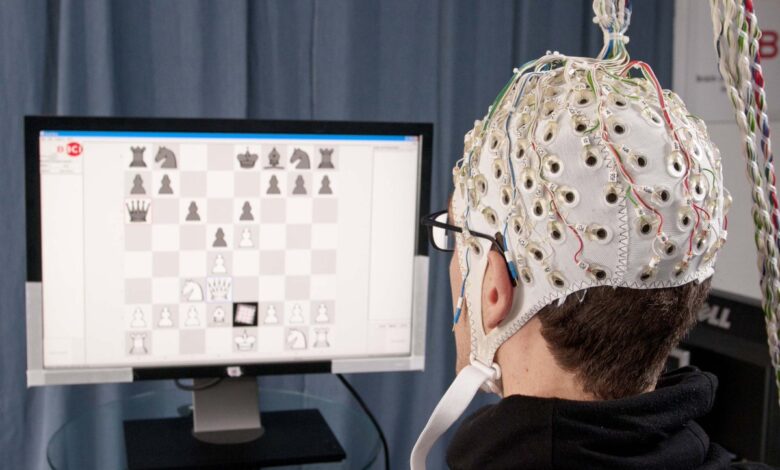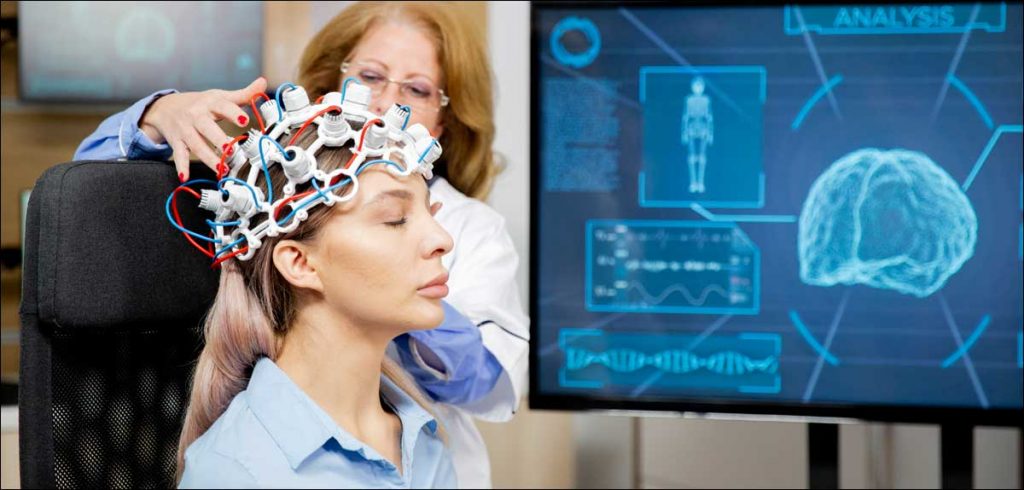Brain-Computer Interface Revolution Connects Mind and Technology

The human brain is the most complex organ in the known universe, a universe of thoughts, emotions, and intentions. For centuries, our only way to interact with the world has been through our bodies. However, a new frontier is emerging, one that bypasses the limitations of our physical form and connects our minds directly to technology. This is the world of Brain-Computer Interfaces (BCIs), a revolutionary field that is poised to change everything from medicine and communication to entertainment and human potential. Once confined to the pages of science fiction, BCIs are now a reality, driven by a convergence of neuroscience, artificial intelligence, and engineering. This article will take a deep dive into the core concepts of BCIs, explore their groundbreaking applications, examine the significant ethical and societal challenges they present, and unveil the immense opportunities that lie ahead for a more connected and empowered future.
The Brain’s Digital Bridge
A Brain-Computer Interface is a direct communication pathway between a brain and an external device. It reads electrical signals from the brain and translates them into commands that a computer can understand. This is a fundamental departure from traditional human-computer interaction, which relies on a mouse, keyboard, or touch screen. The ability to control technology with just our thoughts is a game-changer for medicine and beyond.
A. The Two Main Types of BCIs
BCIs can be broadly categorized into two main types, based on how they interface with the brain.
-
- Non-Invasive BCIs: These interfaces do not require surgery and are the most common type. They use sensors placed on the scalp to measure electrical activity in the brain. The most well-known example is an electroencephalogram (EEG). Non-invasive BCIs are safer and more accessible but offer a lower resolution signal, making them less precise.
- Invasive BCIs: These interfaces require surgery to implant electrodes directly into the brain’s cortex. This provides a much higher resolution signal, allowing for more precise control and a richer stream of data. The most famous example is the Utah array, a small chip with dozens of tiny electrodes that is implanted in the brain. While more effective, invasive BCIs carry the risks associated with brain surgery.
B. The Role of Artificial Intelligence
The raw data from a BCI—whether it’s from an EEG cap or an implanted chip—is just a series of electrical signals. Artificial intelligence (AI) and machine learning (ML) are the brains of the operation, tasked with deciphering these signals and translating them into meaningful commands. AI models are trained on thousands of hours of data, learning to associate a specific pattern of brain activity with a user’s intention—for example, the intention to move a robotic arm or to type a letter on a screen. This is a complex process, as every person’s brain activity is unique, requiring a personalized AI model for each user.
Groundbreaking Applications in Medicine and Beyond
The most immediate and impactful applications of BCIs are in the medical field, where they are providing a new level of independence and communication for individuals with severe disabilities.
A. Restoring Mobility and Control
For individuals who are paralyzed or have lost the ability to control their limbs, BCIs offer a new path to mobility and control.
- Controlling Prosthetics: A BCI can be used to control a robotic prosthetic limb with a person’s thoughts. By simply thinking about moving their arm, an individual can make a robotic arm move, allowing them to grasp objects and interact with their environment in a way they couldn’t before.
- Exoskeletons: BCIs can be used to control powered exoskeletons, helping paralyzed individuals walk again. The BCI sends commands to the exoskeleton’s motors, allowing the person to move their legs and stand up, providing a new level of independence and a profound improvement in quality of life.
- Controlling Computers: For individuals with “locked-in syndrome,” where they are fully conscious but unable to move or speak, a BCI can be their only way to communicate. By simply thinking, they can move a cursor on a screen, type a message, or even control a smart home device.
B. The Future of Mental Health and Neurology
BCIs are also being explored as a new way to understand and treat a wide range of neurological and mental health conditions.
- Treating Brain Disorders: Invasive BCIs are already being used to treat conditions like Parkinson’s disease and epilepsy by stimulating specific parts of the brain. The next generation of BCIs could be used to treat a wider range of disorders, from chronic pain to depression.
- Brain Mapping: BCIs are providing an unprecedented view of how the human brain works, allowing neuroscientists to better understand complex processes like memory, attention, and decision-making. This deeper understanding could lead to new treatments for a wide range of neurological disorders.
- Restoring Sight and Hearing: Researchers are exploring the use of BCIs to restore sight and hearing for individuals who are blind or deaf. A BCI could bypass a damaged sensory organ and send signals directly to the part of the brain that processes sight or sound.
Ethical and Societal Challenges

As BCIs move from the lab to the mainstream, they raise a number of profound ethical and societal questions that we must address proactively.
A. Data Privacy and Security
The data that a BCI collects—a direct stream of a person’s thoughts and intentions—is the most sensitive and personal data imaginable.
- The New Frontier of Privacy: Who owns this data? How is it stored and secured? Could it be hacked? A breach of this data could be catastrophic, and new, more robust cybersecurity protocols will be needed to protect it.
- Commercial Exploitation: Could a company use BCI data to create highly targeted advertisements based on our thoughts? Or to monitor our emotional state in the workplace? These are questions that will require new laws and regulations.
B. The “Cognitive Divide”
The development of BCIs could create a new kind of social inequality.
- Equity and Access: The high cost of BCI technology could create a new “cognitive divide,” where only the wealthy can afford to augment their cognitive abilities or receive the most advanced medical treatments.
- Human Enhancement: As BCIs become more powerful, they could be used not just to restore function but to enhance human capabilities, such as memory or learning. This raises complex ethical questions about human nature and the creation of a two-tiered society.
C. The Legal and Regulatory Vacuum
The technology is advancing faster than the laws that govern it. New regulations are urgently needed to address a wide range of issues, from the legal status of BCI-controlled actions to the rights of a person whose brain is directly connected to a computer.
Conclusion
The brain-computer interface revolution is no longer a distant possibility; it is a present-day reality that is fundamentally reshaping medicine and our understanding of human potential. By creating a direct communication pathway between our minds and machines, BCIs are offering a new path to mobility and communication for individuals with severe disabilities, allowing them to control robotic limbs, exoskeletons, and computers with the power of their thoughts. Beyond therapeutics, BCIs are also providing neuroscientists with an unprecedented view of the human brain, which could lead to a deeper understanding and new treatments for a wide range of neurological disorders.
However, as we stand on the precipice of this new era, we must also confront the significant ethical and societal challenges that accompany it. The data collected by a BCI is the most sensitive data imaginable, and new laws and cybersecurity protocols are urgently needed to protect it from misuse and commercial exploitation. The potential for a “cognitive divide,” where only a privileged few can access these life-changing technologies, is a serious concern that must be addressed proactively to ensure that the benefits of BCIs are distributed equitably. The future of BCIs is not just about what the technology can do; it is about what we, as a society, will do with it. It is a journey that requires collaboration between scientists, ethicists, policymakers, and the public to ensure that this incredible power is used responsibly for the betterment of all humanity. The era of the augmented mind is here, and it is poised to create a future that is more connected, more human, and more empowered than we could have ever imagined.




